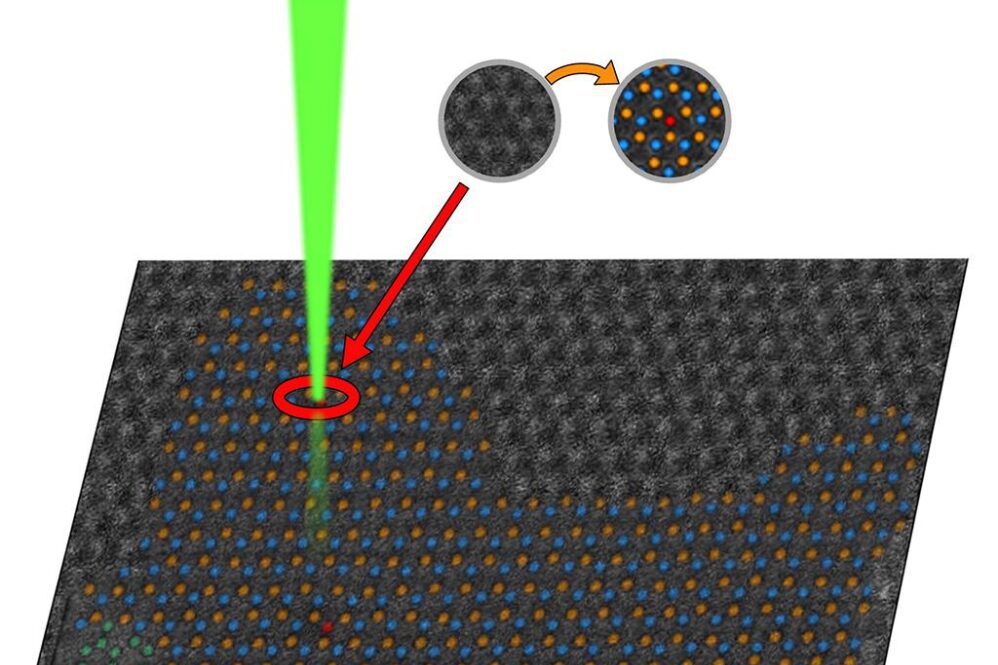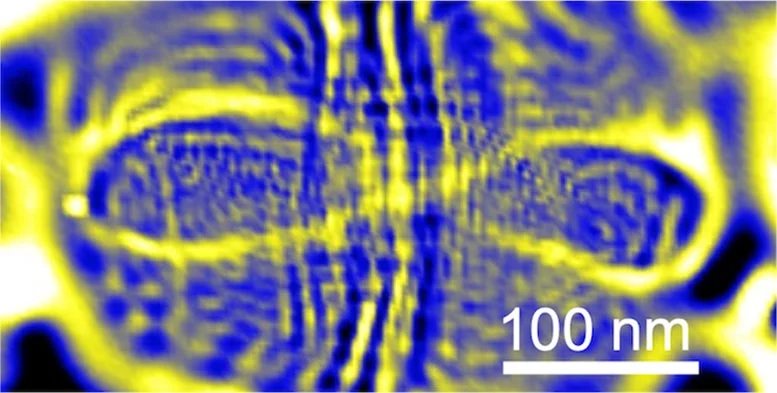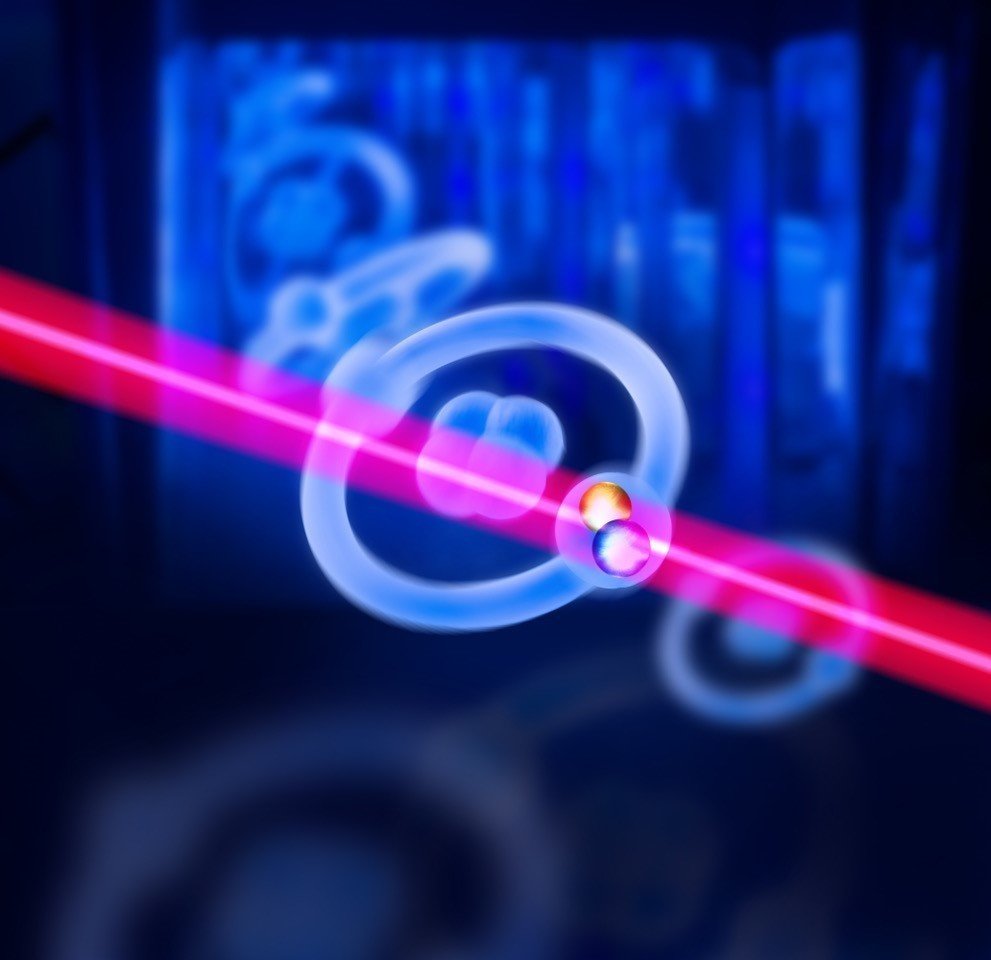A research team led by the Department of Energy’s Oak Ridge National Laboratory has devised a unique method to observe changes in materials at the atomic level. The technique opens new avenues for understanding and developing advanced materials for quantum computing and electronics.
The new technique, called the Rapid Object Detection and Action System, or RODAS, combines imaging, spectroscopy and microscopy methods to capture the properties of fleeting atomic structures as they form, providing unprecedented insights into how material properties evolve at the smallest scales.
Traditional approaches combining scanning transmission electron microscopy, or STEM, with electron energy loss spectroscopy, or EELS, have been limited because the electron beam can change or degrade the materials being analyzed. That dynamic often causes scientists to measure altered states rather than the intended material properties. RODAS overcomes the limitation and also integrates the system with dynamic computer-vision-enabled imaging, which uses real-time machine learning.
When analyzing the specimen, RODAS focuses only on areas of interest. This approach enables rapid analysis — in seconds or milliseconds — compared with sometimes several minutes that can be required by other STEM-EELS methods. Importantly, RODAS extracts crucial information without destroying the sample.




